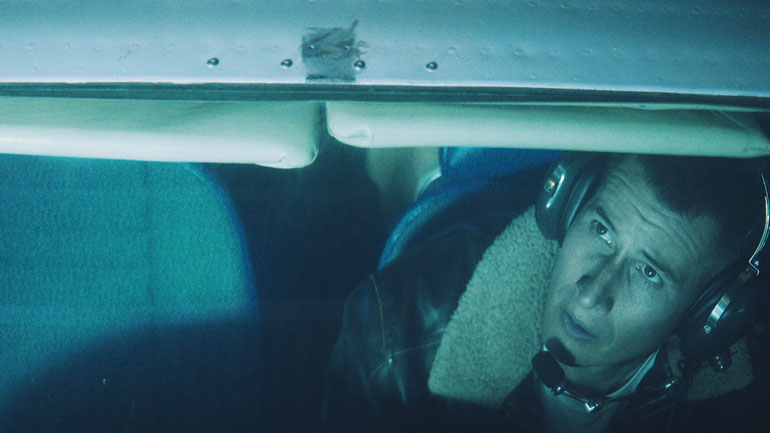Welcome To Britannia. Together We Stand Alone.
Director’s Statement
TRANSMISSION was written during the height of the refugee crisis as a warning against the anticipated rise in British nationalism, which had been catalyzed by financial austerity and growing hysteria surrounding terrorism. We suspected people would sacrifice their freedoms on the basis of rousing narratives rather than facts. It’s easier to blame sections of society than to hold the elite accountable.
Originally, the story seemed like a stretch for western audiences and that the events and scenarios of the film were only possible in another time or country. But then came Brexit. And Donald Trump. Clearly, self-destruction is both sudden and incremental. Society skates on a thin crust of civility. Underneath, lies an ocean of malevolence that can be unleashed in the name of self-preservation. Only two meals separate us from empty stomachs and chaos.
Brexit took us by surprise. By a narrow margin, the people voted to end freedom of movement. And our government is now resolute on isolating itself and rewriting the human rights act. The disintegration of Europe could be upon us.
We’re just over a decade away from the centenary of the Great Depression, and the events that ensued culminating in the Second World War. Once again, the cyclical nature of history and people’s short memories are demonstrating themselves to be a dangerous and potent mix. TRANSMISSION no longer feels like a stretch for audiences to believe.
Set in a near-future dystopian Britain, now called Britannia, the film is told in the fragmented, traumatized perspective of Leonard. POV shots are a signature, along with heavy sound design and the fracturing of time, interspersed with memories and outer-body experiences, triggered by Leonard’s tormentor, Dr. Sam. Although the film assumes a non-linear narrative, it appears to play out sequentially.
We decided to shoot on 35mm film. Its grain and response to light and colour creates a dream-like quality that has yet to be rivaled by digital. And the filmmaking process is engendered with an ultimate dedication to preparation, as well as a palpable sense of risk that ensures every cast and crew member is giving their all for each take.
Being new filmmakers, we storyboarded every shot. An animatic was made to convey how the whole film unfolds, and to know exactly what we’d need to shoot. We created expansive character profiles, arranged rehearsals with the actors to discuss the world and tone of the film, and staged improv exercises to load the characters’ relationships.The interiors were shot on some of the last Fuji Eterna Vivid 500T stock with the Panavision Panaflex Platinum and Primo Spherical lenses in Bristol. The exteriors were shot in Devon with the Aaton Penelope and Cooke S4s, on Kodak Vision 3 250D stock.
The interior location’s decor changes to blur the distinction between Leonard’s memories and present experiences. The production design assumes a timeless aesthetic and was inspired by Soviet-era and Japanese-WW2 torture and hanging rooms.
Influences include Michael Powell & Emeric Pressburger, Jonathan Demme, Juraj Herz, David Lynch, Rod Serling, Nicolas Roeg, Harold Pinter, David Fincher and Stanley Kubrick.



